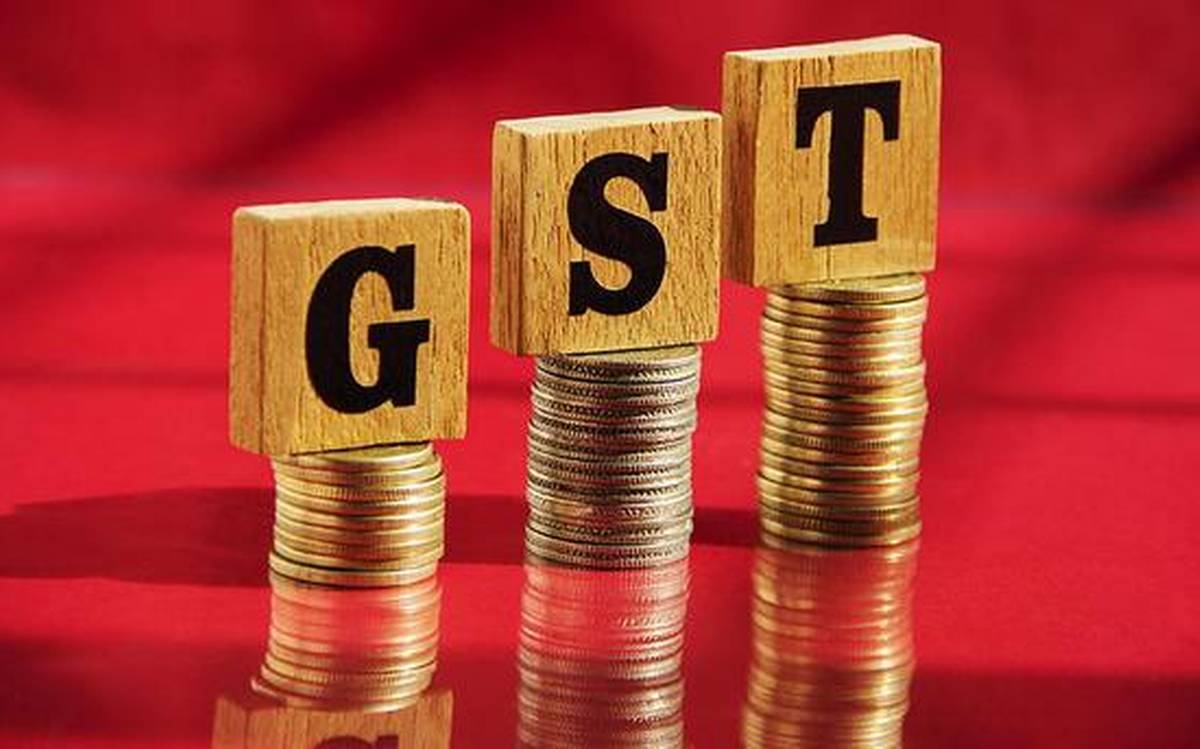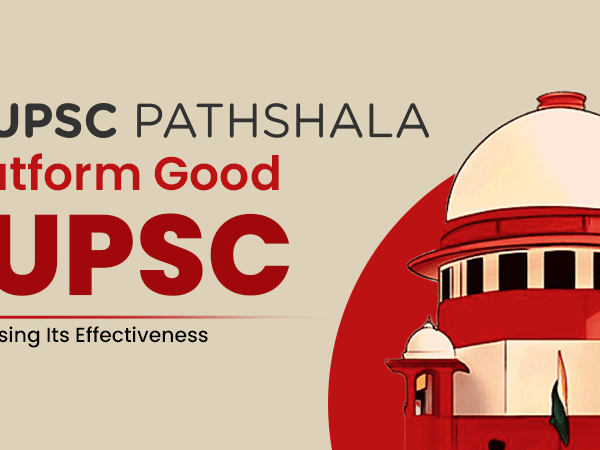The Goods and Services Tax (GST) is definitely one of the most important tax reform in the history of India which was closely tracked by each and everyone. This is meant to bring together the state economies and create a single taxation system in the entire country for all goods and services
GST bill covers the Goods and Services Tax and shall be the biggest indirect tax reform providing a uniform and simplified way of Indirect taxation in India.Once introduced it will replace a number of other taxes like VAT,CST,Service tax,CAD,SAD, Excise,Entry tax, purchase tax etc.
GST or Goods and Services Tax – A new law, a new tax will bring with it new challenges to face.
The basic idea for introducing GST is converting India into a single market. This can definitely have a positive impact on India’s GDP, thus helping boost our economy.
Dual system of GST includes :
1. SGST, State GST – levied by State Government.
2. CGST, Central GST – levied by Central Government.
3. IGST, Integrated GST – levied by Central Government.
Difference between Central, State and Integrated GST
| Central GST | State GST | Integrated GST |
| It will be collected and levied by the Central Government . | It will be collected and levied by the State Government. | It will be charged and collected by the Central Government on Interstate supply of goods and services. |
| It will replaces taxes such as Central Excise and Service Tax | It will replace taxes like VAT, entertainment and luxury tax. | This will replace taxes such as the Central Sales Tax. |
Pros of GST
•A unified tax system removing a bundle of indirect taxes.
•Less tax compliance.
•Removes cascading effect of taxes.
•Manufacturing costs will be reduced, hence prices of consumer goods likely to come down.
•Due to reduced costs some products like cars, FMCG etc. will become cheaper.
•A unified tax regime will lead to less corruption which will indirectly affect the common man.
This is possible only if the benefit is actually passed on to the consumers.
Cons of GST
•Services will be pricier. e.g. Telecom, banking, airline etc.
•Because of its newness people will take time to understand its implications.
•Easier said than done – there will always be come complexities. It being a consumption- based tax, in case of services, the place where service is provided will need to be determined.
•If the real benefit is not passed on to consumer, and if the sellers increase their profit margin, the prices might see an incline.
However, GST is a strategy for long term. One can only pray that GST is more of a boon that a bane.





